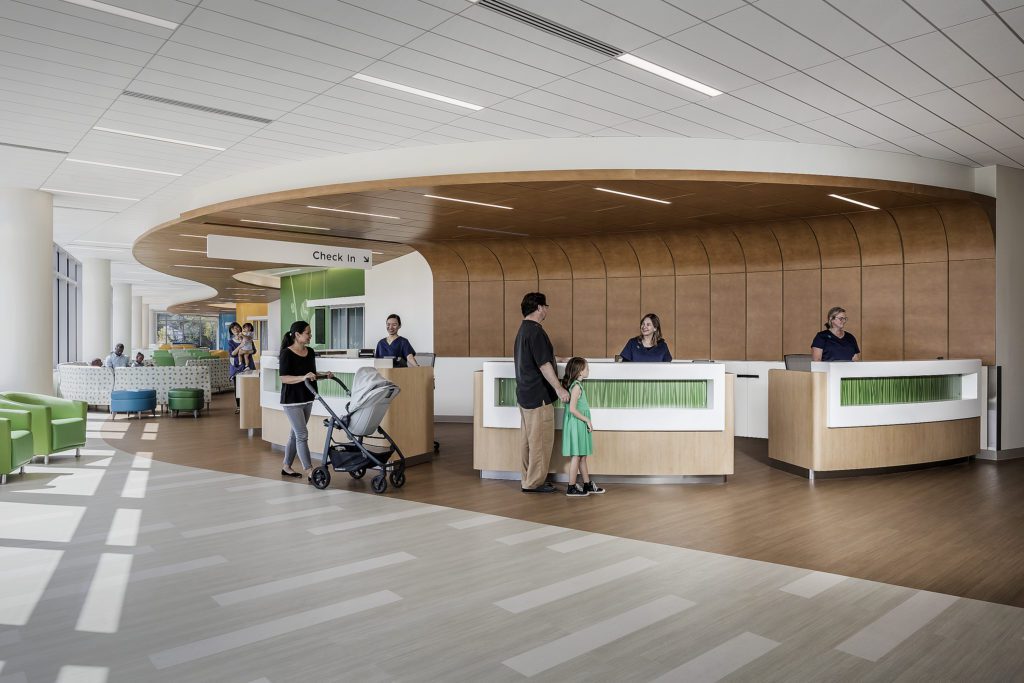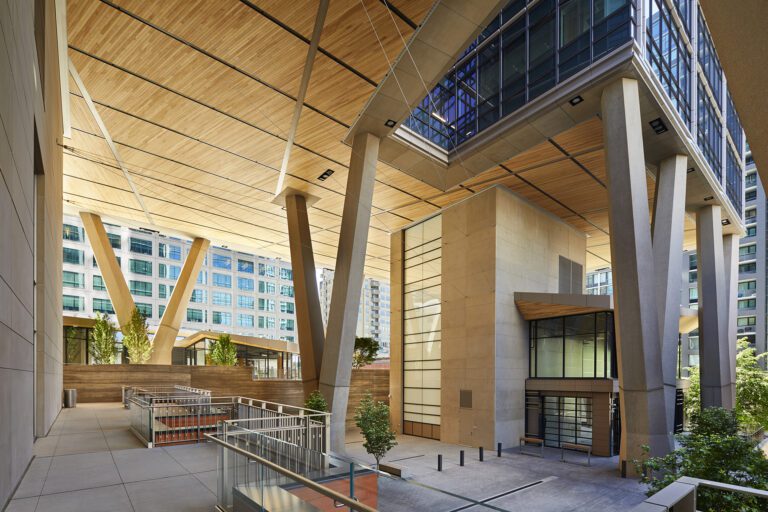For centuries, wood has been a beloved material in design and construction. We’ve admired its warmth, natural beauty, and inherent strength. But what if wood could bend and curve, adapting to new and innovative forms?
This is the revolutionary concept behind flexible wood. By treating traditional wood through processes like thinning and veneering, designers can now unlock a whole new world of possibilities.
What is Flexible Wood?
Flexible wood is exactly what it sounds like: wood that can bend and curve without breaking. This is achieved through various techniques, often involving thinning the wood or adhering it to a flexible backing. The result is a stunning material that retains the natural beauty of wood while offering incredible design freedom.
The types of flexible wood available may vary slightly, but the primary advantage remains unchanged: the capability to create shapes and structures that were once unattainable with conventional wood.
Unleashing Creativity: The Advantages of Flexible Wood
Flexible wood is a game-changer for modern design, offering a multitude of advantages. Here are some of the most significant:
- Unleashing Design Freedom: Gone are the days of being restricted to straight lines and rigid forms. Flexible wood allows designers to create organic shapes, flowing curves, and even sculptural elements.
- Enhanced Functionality: The flexibility of this material goes beyond aesthetics. It allows for innovative functionalities that improve user experience and space utilization. Flexible wood can be used for acoustic panels that not only dampen sound but also add a touch of visual interest.
Shaping Spaces: Applications of Flexible Wood in Action
The possibilities with flexible wood are vast, and its applications extend across various design disciplines:
- Interior Design: This innovative material can completely transform an interior space. Imagine walls clad in flexible wood with a textured finish, creating a visually captivating backdrop. It can also be used for 3D wall installations, room dividers, or even flexible partitions that can be easily reconfigured.
- Architecture: While the applications in architecture might be slightly more complex, flexible wood can still play a significant role. It can be used for ceilings with captivating organic shapes, curved architectural elements that add a touch of dynamism, or even building facades with a distinctive and modern look.
The Future of Design: Shaped by Flexibility
Flexible wood marks a major advancement in design, merging the timeless beauty of wood with unmatched design flexibility. This innovation paves the way for a future brimming with creative and inspiring spaces.
At Rulon International, we are passionate about pushing the boundaries of design with our innovative Curvalon product, a premium line of flexible wood. If you’re an architect, designer, or simply someone who appreciates the potential of this revolutionary material, we invite you to contact us today. Our team of experts is here to help you explore how Curvalon can elevate your next design project.




